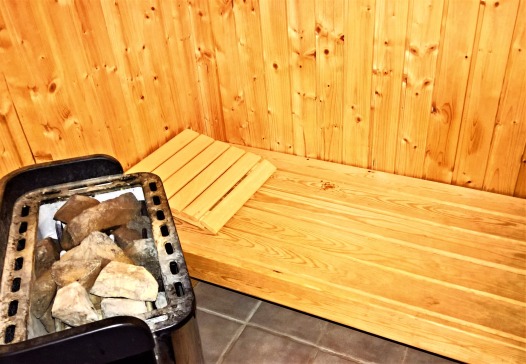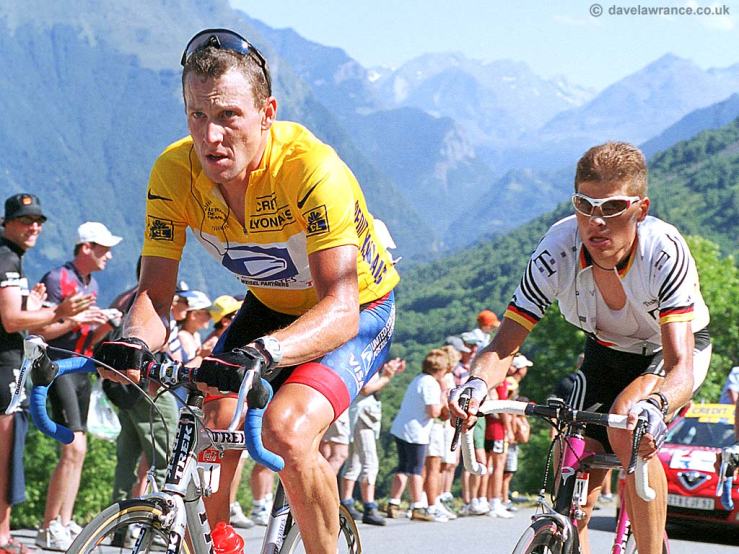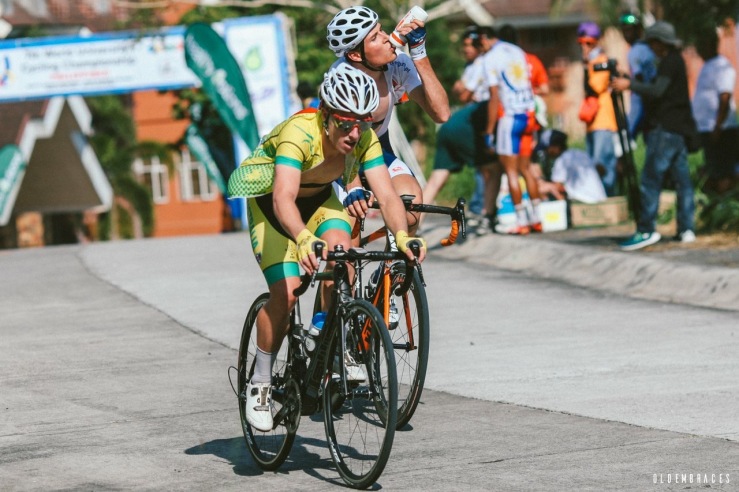Saunas have been a hot health topic for decades now, with a bucket load of claimed benefits ranging from improving skin, sleep and general relaxation. Research on athletes shows that the adaptations from sweating are even sweeter for endurance performance than expected.

The most significant impact of saunas for athletes is the increased oxygen delivery to working muscles. There are two key components of blood most important for this job: red blood cells (RBCs) and blood plasma. You can think of a blood vessel from the heart to the muscles as a freeway from a city towards towns. In order to move more people (oxygen) you can either put more cars (RBCs) on the road or build more lanes (plasma) for the cars to move quickly along.

The sweating that occurs in a sauna results in substantial dehydration which ramps up the renin-angiotensin-aldosterone system in the kidneys. This causes reabsorption of sodium into the blood vessels which leads to an increase in blood plasma, more lanes on the freeway. Repeat sauna sections can increase plasma volume by around 10%.

Not only can saunas help aid in the transport of RBCs but they may also result in more RBCs being produced, more cars on the road. The increase in plasma results in hemodilution (aka thinner blood) which can lead to a natural secretion of erythropoietin (EPO) and higher RBC count. The higher blood volume leads to heart adaptations including a greater stroke volume and hence lower heart rate at a given power output for cyclists. More cars on the road and more lanes to move those cars means a lot of people can leave the city, a lot more oxygen is reaching the muscles. This is shown in athlete studies by increased VO2max, peak power outputs over given intervals and even time trial performance after passive heat acclimation.
Outside of the blood vessels, repeat exposure to passive heat stress also provides more widespread physiological benefits. Elevated body temperature increases expression of heat shock proteins (my second favourite kind of HSP) which can upregulate circulating factors, increasing cellular protection and triggering the release of human growth hormone. Anyone who has paid attention to professional cycling since the turn of the millennium understands a natural means of boosting EPO and growth hormone release is going to make more than just your arm strong.

The most obvious benefit of heat acclimation is … acclimation to heat. Heat adaptation broadens the critical range at which an athlete’s core temperature can lie without affecting performance. Athletes also develop improved thermoregulatory responses including better circulation and higher sweat rate, aiding in cooling. Plus, there’s no doubting the psychological benefit of getting comfortable being bloody hot.

Saunas seem a sure-fire way to boost your cardiovascular fitness, ability to deal with heat and your general health and well-being and there’s no strong evidence for any health risks for healthy adults.
Hot tips for best results:
- A typical Finnish sauna is 80-90°C and 10-15% humidity.
- Heat stimulus should ideally be at least 30min per session (this can be in multiple bouts).
- Avoid drinking any water in the sauna or in between bouts, the dehydration is a key player in the benefits!
- Ideally heat acclimation should take place as soon as possible after an exercise session.
- Heat-acclimatised athletes will need to hydrate more after sauna sessions or training/races than regular athletes due to increased sweat response.
- Only 6-7 exposures are required to produce physiological and performance benefits.
- Heating sessions should not be undertaken by athletes who have acute injuries, oedema, vascular disease, wounds, or infections.
I’m currently writing this on the bus ride with the team from Palmerston North to Cambridge, NZ. EvoPro just finished our first race and it couldn’t have gone much better, getting teammate Luke Mudgway up for the win in his home town and myself in third. Read all about it on my facebook page. Next up is the 5-day New Zealand Cycle Classic starting tomorrow. I won’t be hitting the sauna in between stages but hopefully the adaptations from heat acclimation sessions back home before heading over the ditch will hang around and we can get some more results this week. Until then, I’ll keep reading the research papers so you can spend more time on the bike.
Cheers,
Cyrus
Request a Topic
Want to know the results of research on a particular topic of interest? Any questions about a supplement, food or intervention you’ve heard is the next big thing? Leave a question or a topic suggestion in the comments and I’ll sift through the papers for you.
A$10.00

Saunas used to improve performance in weightlifting.
LikeLiked by 1 person
The benefits of beetroot juice?
LikeLike
Another well articulated blog with a very good analogy.
As mentioned above, i’d be interested to read your thoughts on beetroot juice and if you have encountered it with the people = teams you have cycled with. Moreover, a comparison of organic to inorganic sources of nitrate (beetroot juice vs sodium nitrate). Resent research seems to suggest that sodium nitrate improves mitochondrial coupling efficiency, increases maximal rates of ATP production, and reduces whole body oxygen consumption, while the oral consumption of beetroot juice also decreases the oxygen cost of submaximal exercise in humans suggesting that oral nitrate sources universally improve mitochondrial respiratory efficiency. Beetroot juice does not affect PCr resynthesis rates.
LikeLike
Watch this space!
LikeLike